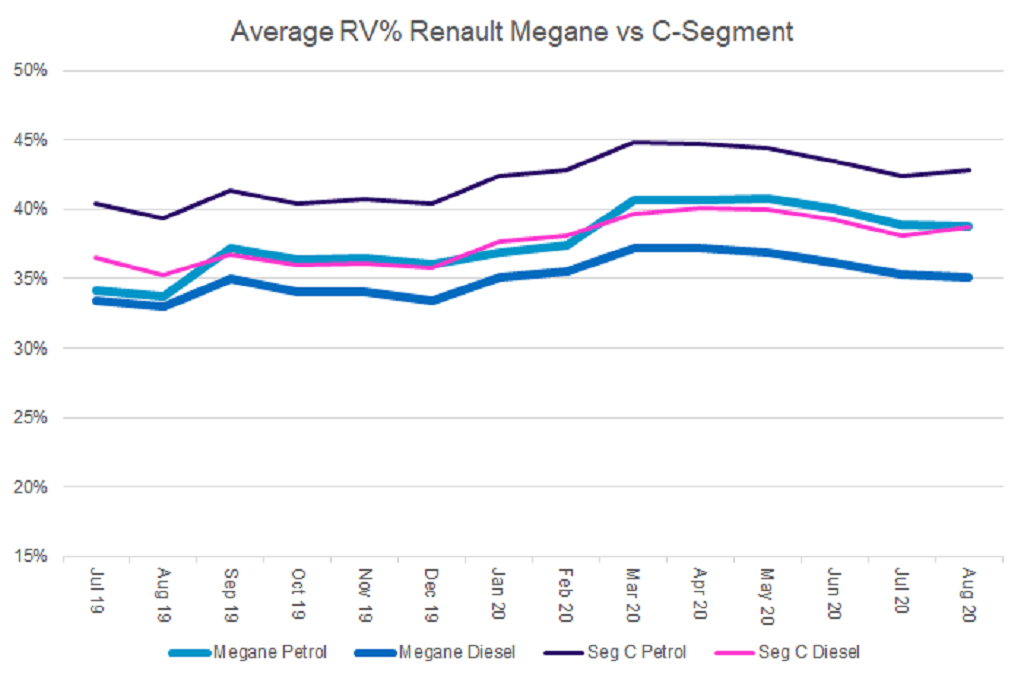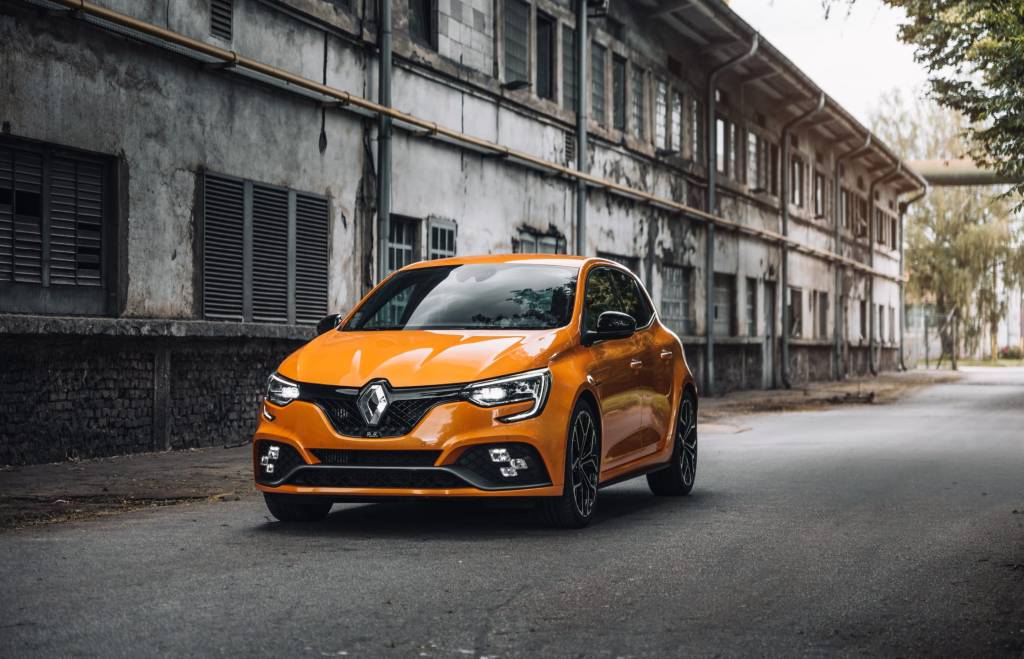At the Frankfurt Motor Show in September 1995, Renault unveiled the Megane, the successor to the Renault 19. The Megane was Renault’s first model to reflect their new focus on safety. It featured a pillar mounted three-point seatbelt for the rear middle seat replacing the lap strap, and a year later passenger airbags became standard. A far cry from the safety features we enjoy today, but a real step forward versus contemporary competitors.
Over four generations, the Megane has been on UK roads since 1996. It has proved a diverse model range having been available as a three and five-door hatchback, saloon, coupe, convertible, estate and MPV at various points in its lifecycle.
Unveiled as a replacement to the Renault 19, it was in effect essentially only a reskin, using modified chassis, engines and transmissions from the 19.
In the spring of 1999, Renault launched a mild facelift with a modified grille, improvements to safety features and upgraded equipment whilst introducing 16 valve petrol engines. An estate body style also joined the model range.
By September 2002 Renault launched Megane II. As adventurous as its predecessor was staid, the Megane II range created demand for Megane when many buyers would never have considered the ageing and frumpy original. Spawning a huge number of variants. Aside from the original three and five-door hatches, there was a compact estate, a saloon and the sleek Coupe Cabriolet as well as the Scenic and Grand Scenic variants.
This second-generation voted as ‘European Car of the Year’ in 2003, became the first vehicle in its class to receive a five-star EuroNCAP rating. The body styling was based on Renault’s new design language premiered on the Avant Time and immortalised in the 2003 ‘shaking that ass’ advertising campaign. Compared to the first generation, this version benefitted from a raft of innovative technologies, including a keyless ignition system. January 2006 saw the second generation facelift, with changes to the interior, enhanced specifications levels and a remodelled nose.
In October 2008 the Megane III launched in 5 door hatchback and coupe body styles to subdued UK reviews. Although the two models benefitted from differing designs with the coupe having a sportier stance and the hatchback reflecting a more conservative design, the overall bland styling limited the appeal of Megane III in the UK.
Mid-2009 saw the estate version, the sports tourer launch, the following summer the coupe cabriolet version was added to the range. 2012 saw its first facelift which included three new engines, one petrol and two diesels. In 2014 the final facelift for the third generation vehicle included more powerful engines while the hatchback, coupe and estate variants got styling upgrades to match Renault’s new styling.
At the Frankfurt motor show in September 2015, Renault unveiled the fourth-generation Megane which went on sale the following July. Based on the same platform as the larger Espace and Talisman – big Renaults we don’t get in the UK – it benefits from their technology and much of their style. A significant leap forward from Megane III. It is larger and lower than the predecessor and only available as five-door hatchbacks and estate versions.
Over the years, the Megane has proved to be a popular and practical choice, offering a mix of style and space, together with value for money, particularly in the used car market. The following chart shows the average Glass’s residual value for a three-year-old Megane compared to the average for the C segment, containing models such as the Volkswagen Golf, Ford Focus and Vauxhall Astra. It is clear, in this segment, that petrol models consistently hold more residual value and that in general, Megane values track marginally below the segment average, adding to their appeal in the used car market.

Away from the volume derivatives in the C-Segment, since 2004 Renault has marketed the Renault Megane RS (Renault Sport), a series of high-performance hatchback models based on the Renault Megane. The Megane RS has won many awards such as “Best hot hatch” from What Car? (2010–2014), “Highest placed non-supercar” in Evo’s annual Car of the Year test 2011 and “Best hot hatch” from Top Gear.
Creating a halo for the Megane brand, in the same manner as the Golf GTi for Volkswagen, the Megane RS delivers excitement where the standard range has traditionally missed. Now in the third incarnation, based on Megane IV the newest Megane RS is only available in 5-door hatchback body style and was developed with the assistance of Renault F1 Team driver Nico Hulkenberg.

 Close
Close